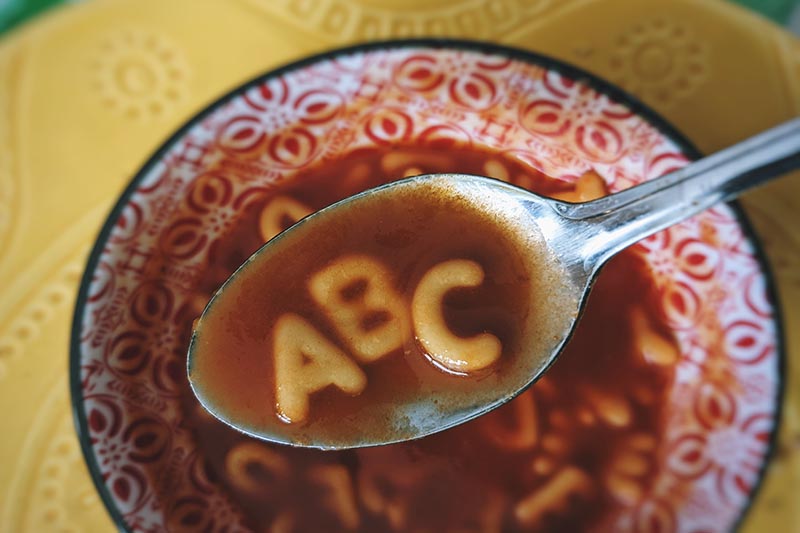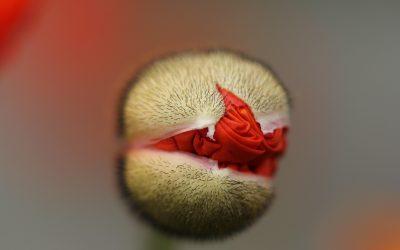This season we have been gathering inspiration for our creative endeavor. We have been searching out resources that will support the process once we dive deep into the project this spring. You may have been invested in putting together notes on characters for a novel. You could have been producing preliminary sketches for a painting. Or you might have been pouring through cookbooks to develop an innovative menu. Whatever your passion, taking this opportunity to assemble stimulating materials will pay off in the end. You can always return to them during this twelve-month cycle, when things seem more difficult, to remind you of how the germ of the idea brought you joy.
This week I want you to develop something a little more concrete. If you are working within the narrative arts – whether writing a novel, a screenplay, or even choreographing a ballet — then this exercise will really help your intuitive side come to the forefront of the creative journey. This exercise also can be adapted to those artists working within the visual arts – please get in touch with me to work out how the same outcome can be achieved for you.
I want to encourage you to write a ten-page narrative of the work you are creating this year. The only rule is that the story must contain a continuous plot, one that carries the reader through a beginning, middle and end.
Writing a summary of your work in this fashion engages the intuitive side of your brain more than you can imagine, especially if you do not yet have all those answers. You may think that not having these answers is an impediment to working up this synopsis. But, on the contrary, this exercise will allow you to discover those answers, at a minimal risk to you.
As you write a continuous narrative, you dispense with a lot of guesswork. You must make a choice about how to get from point A to point C. Finding the bridge between these two points allows the subconscious to step in and provide a decision. In this moment, something miraculous has occurred. That missing part may have just fallen into place. The narrative has taken on a life of its own. It is becoming a coherent story.
Or it doesn’t. This new idea – point B — really doesn’t go anywhere when you read over the summary. But the good news is that you have taken this possibility out of contention. You have tried it on for size within the narrow scope of these ten pages. Imagine coming to this same realization after having written three hundred pages of a novel. You would feel considerably more defeated.
Sometimes we artists identify too closely with the notion of possibility. There is something luxurious about looking over a pile of notes which contain all sorts of potential. At this juncture, the creative endeavor we are working on can move in any direction. The array of possibilities tastes delicious. But to provide form to the work, to allow it to communicate something meaningful to the reader, we need to reduce that range of possibility to distinct choices. Writing this synopsis, and limiting yourself to ten pages, gives you the opportunity to discover how the big pieces of your narrative fit together.
The beauty of any story resides within its details. The main plot points to any narrative are often rough and raw. They represent the armature of the figure that the sculptor needs to create their figure. But often we need those big decisions made for ourselves, so that we can then have the freedom to entertain all the nuances of the story. The narrative voice, the gaze of the narrator over their surroundings, the details in the scene, that is where the real joy exists – but you cannot get there unless you have an underlying structure that you can commit to, at least for the moment.
Writing out this short synopsis is an easy way to test out ideas. Once you hit a rhythm within these ten pages, then the ideas will roll out of your subconscious, and the story will naturally flow to its conclusion. Enjoy the process!




